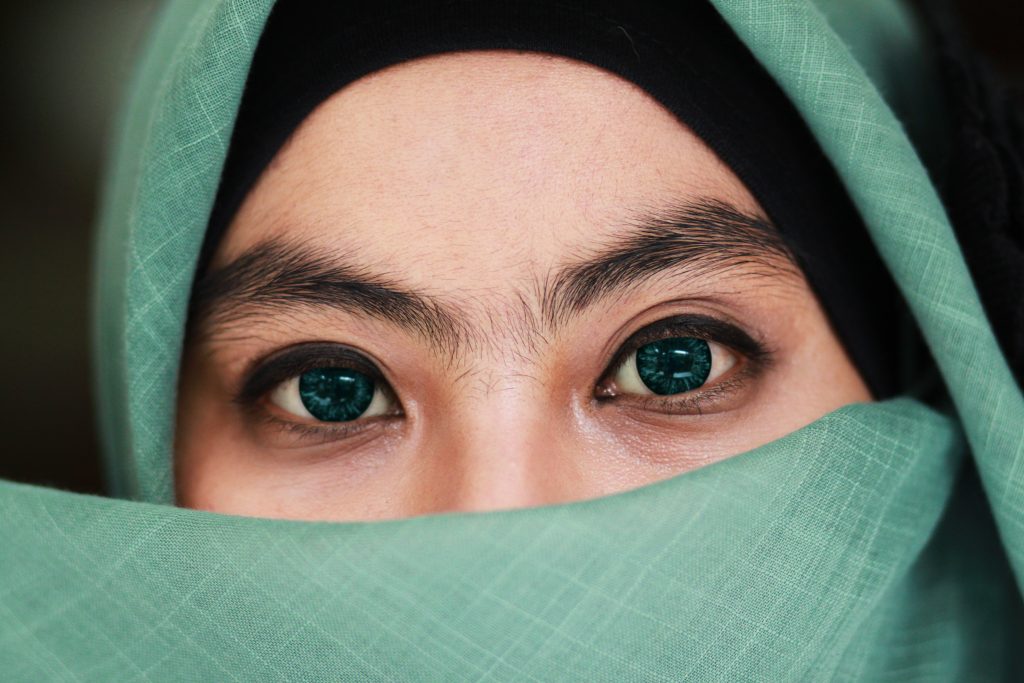
There has been much controversy surrounding Gigi Hadid’s cover for Vogue Arabia in which she adorns a veil and poses for the camera. But why has this caused such a stir? And what is the real debate here?
As a young female Muslim living in Britain the hijab is of much importance and of great value to people like me. For me the hijab is an absolute assertion of my faith and my gender. I believe it helps empower me by giving me the confidence to be who I am – a female Muslim. I can show others that I am not afraid, despite the negativity I may receive for my religion and despite the limitations I may face as a female. The real debate here seems to touch upon the deep divisions within our society.
In a time where the likes of Donald Trump and Brexit generate a vastly negative rhetoric around the Islamic faith, the hijab is often a visible target. Dialogue in these times is essential and the controversy surrounding Gigi Hadid’s Vogue cover highlights this issue fittingly.
On the one hand, people argue that the cover is hypocritical. The surrounding Western society at its worst often tells female Muslims that the hijab is not acceptable. It is painted as a symbol of oppression and religious extremism. Thus, to have a widely known female celebrity adorn a veil for fashion purposes and have it received as being a positive thing is extremely duplicitous. It angers many Muslims to see their own religion being glamorised for profit in a society that consistently tells them the opposite.
However, a majority (including me) see this as an excellent opportunity to have an important conversation. Many argue that such a presentation seeks to normalise the hijab which is often pointed out as being foreign and alien and attempts to place it in a positive light. Many welcome the chance to talk to others and help to generate an understanding of what the hijab is, what it stands for and why Muslim women choose to wear it. Thus, many welcome the cover and the conversation that comes with it with the hope that we can build bridges not walls.
